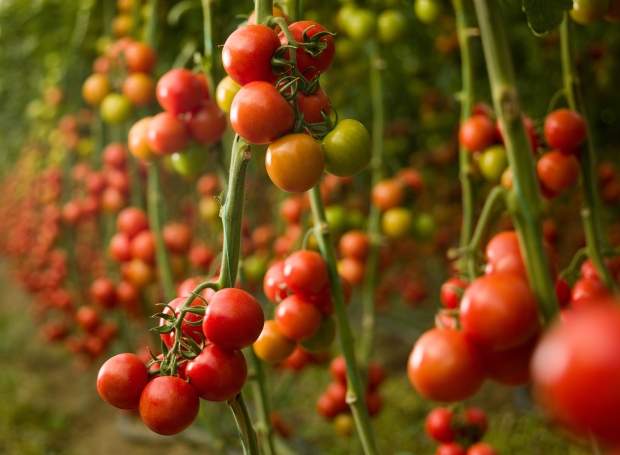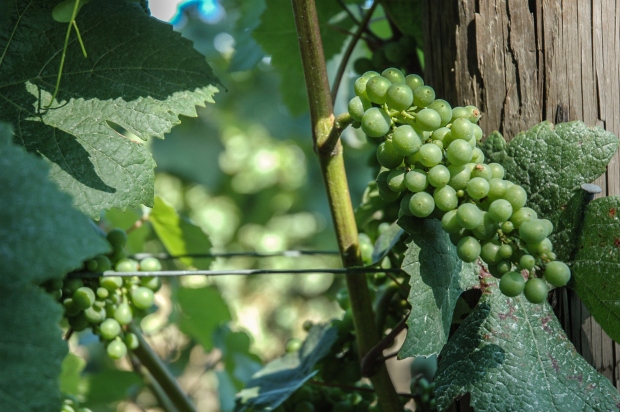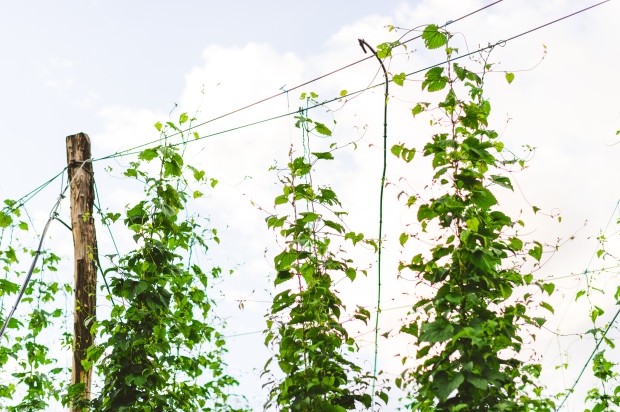Growing Vines for Fruit Production
Growing vines is always worthwhile, but when you choose varieties known for fruit production, you get the best of all worlds. Not only will these plants offer all the aesthetic appeal of standard vines, but you get the benefits of an edible crop once they get established. Plus, they offer the perfect way to maximize your backyard fruit production if you’re dealing with limited space.
Care needs for edible vines can be a little different than for other varieties. Most require regular pruning, as you want to ensure the plants stay relatively small, so the fruit is easy to harvest, and that they grow in full sunlight to maximize production.

Some varieties, such as hardy kiwi, will require both male and female plants for fertilization, meaning that you’ll need a couple of types in your garden if you want anything edible.
Popular Fruiting Vines
There are more options for fruiting vines than most people realize. But before you can choose a variety, you need to determine whether you plan to grow annuals or commit to perennials.
Annual Fruiting Vines
Many of the world’s most popular garden plants are technically vines. This includes tomatoes, cucumbers, melons, pole beans, and more. Each plant grows to maturity within one year and will produce fruit within weeks or months (rather than years) of planting.
Squash and melons have a sprawling habit and tend to twine themselves along garden beds. You’ll rarely if ever see them growing vertically on trellises.
Tomatoes are grown in almost limitless ways, but many gardeners keep things simple with tomato cages that keep them contained.

Pole beans have a twining habit that makes them possible to grow along fences, trellising, and even other plants like corn stalks. This makes for more efficient use of garden space and can help keep weeding to a minimum.

Perennials
Perennial fruiting vines take time to get established, but once they do, your efforts are rewarded for years to come. You’ll be responsible for regular pruning and maintenance, but the work will be minimal compared to the value you get from them.
Grapes are the classic example of a perennial fruiting vine, although other crops like dragon fruit, passion fruit, hardy kiwi, and even hops are starting to get attention.
Grown for wine and juice production and even just fresh grape-eating, grape vines thrive on hillsides and in poor soil, making them ideal for places that would otherwise be wasted. These heavy vines require strong support, so make sure you build trellises that can handle them. Keep things pruned to just a few central stems to maximize grape size.

Many tropical fruits like passion fruit and dragon fruit grow on perennial vines. If you have hot weather and a long growing season, they may be worth getting established.
Thanks to renewed interest in craft beer, hop production is getting popular. Not only will they flavor your home brews, but the plants produce attractive foliage and can act as shade plants.
